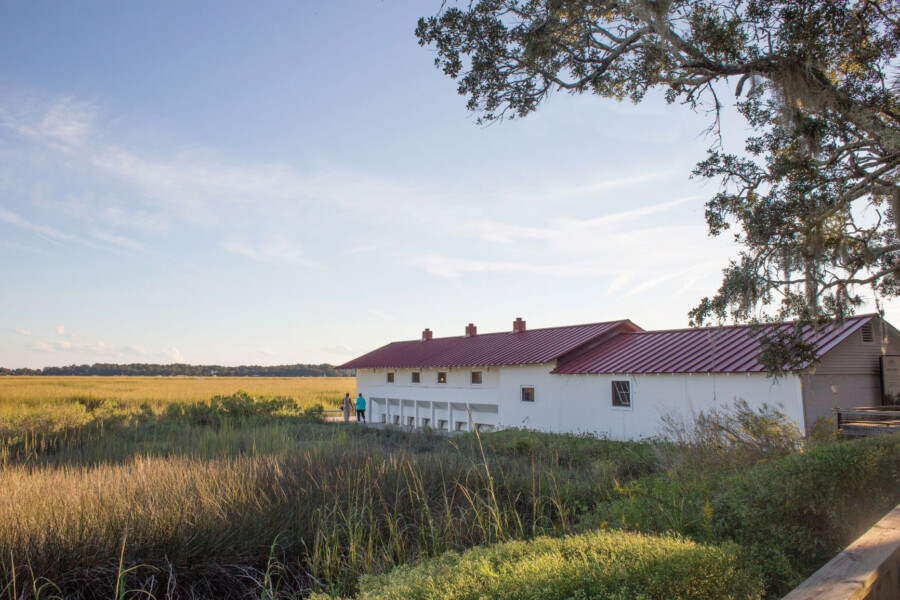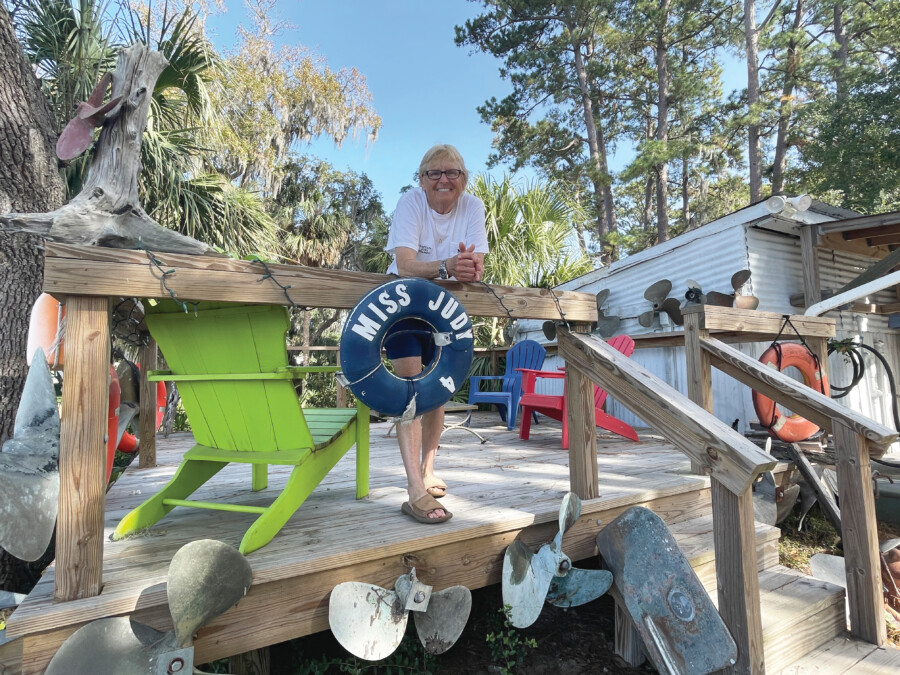Packing cookware for a move
When packing belongings for a move, it’s important to pay careful attention in order to protect the items from damage, prevent accidents, and optimize space. While this advice sounds general and may be applied to any type of items, it is recommended paying special attention for packing cookware, which includes:
- pots,
- pans,
- baking sheets,
- kitchen utensils,
- baking forms,
- glass lids,
- cast iron.
Proper preparation ensures these essential kitchen tools arrive safely and are ready for use in your new home. You can ask to include packing cookware into the quote from your movers https://bestmovescalgary.ca/local-moving-in-drumheller/ or prepare it for moving yourself.
Start by organizing
Since each material type requires different handling, separate the cookware by types: nonstick, stainless steel, cast iron, and glass. Discard chipped, cracked, or unused items, as moving them adds unnecessary weight and clutter. This reduces packing volume and minimizes the risk of damage during transport. Grouping similar items together also simplifies unpacking.
Pick the packing materials and cushioning
Essential packing materials for cookware include sturdy boxes, bubble wrap, packing paper, and packing tape. Towels or cloths can serve dual purposes: padding fragile items and reducing the need for excessive paper. Smaller boxes are preferable for heavy items, such as cast iron skillets, while larger boxes are suitable for lighter items, such as plastic mixing bows.
Line the bottom of each box with crumpled packing paper, foam, or kitchen towels. Place heavier items at the bottom and lighter or more fragile items on top. For pots and pans with removable handles, consider removing the handles and wrapping them separately to prevent bending or breaking. Nest pans of similar sizes and place padding between them to prevent scratches.
Protect the fragiles
Protect glass lids and other delicate items individually. Wrap each lid in bubble wrap or paper, paying particular attention to the edges. Place lids vertically in boxes rather than flat to reduce the risk of breakage. Bundle utensils, wooden spoons, and sharp knives, and wrap them in paper or place them in rigid containers. Secure knives with blade guards or cardboard sheaths.
Other organizing tips
- Avoid overpacking boxes, especially with heavy cookware, as this increases the risk of injury when lifting and can cause boxes to break. Properly balanced and secured boxes protect both the movers and the contents, ensuring a smooth transition.
- Clearly label boxes “Fragile + Kitchenware” and indicate the top side to ensure careful handling.
- Keep essential items, such as pots and pans used daily, in a separate “first day” box so they are easily accessible upon arrival.












